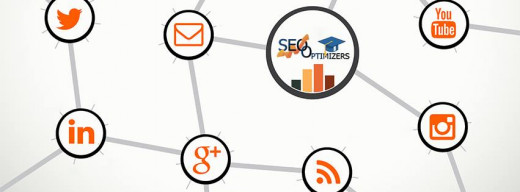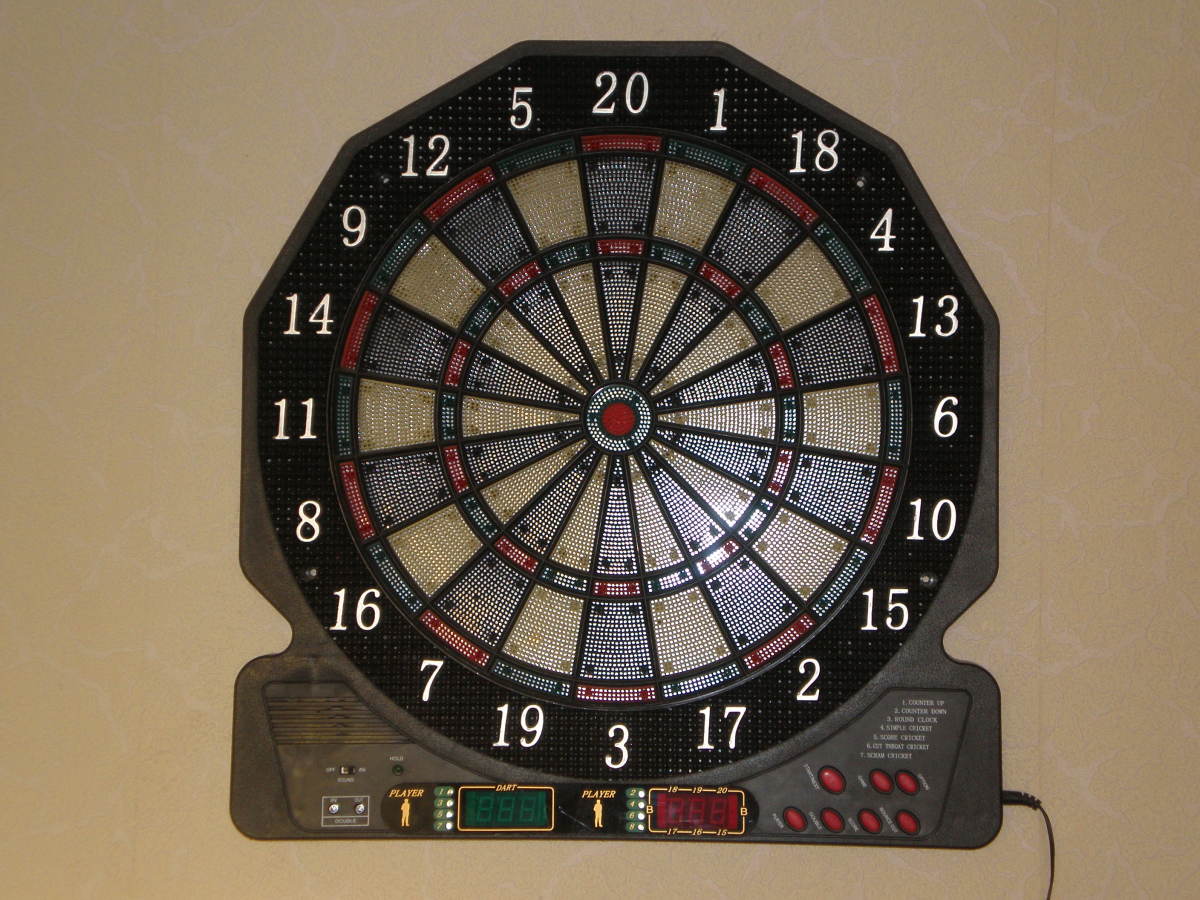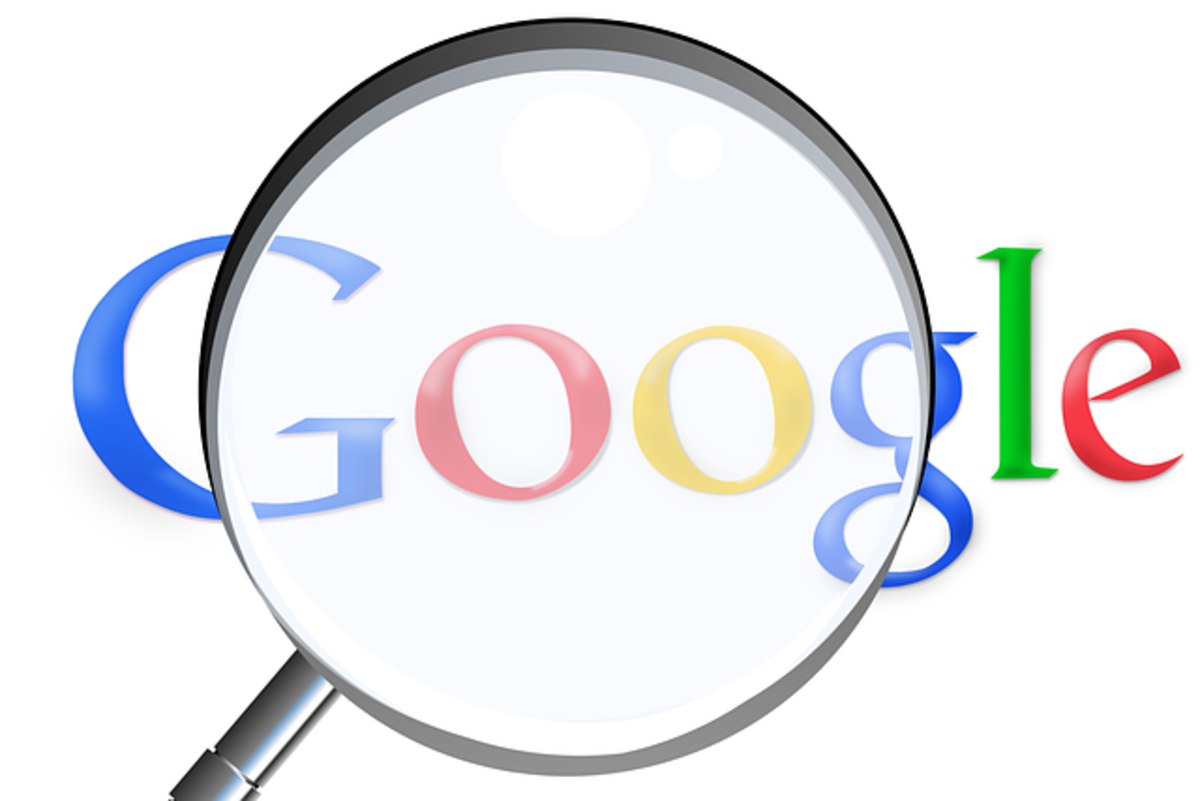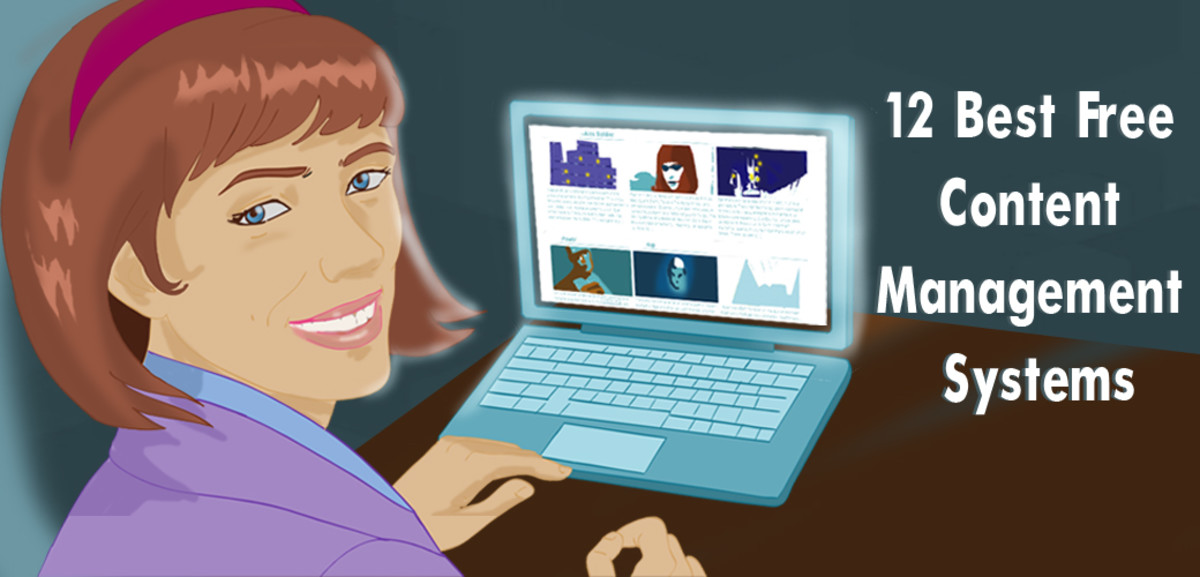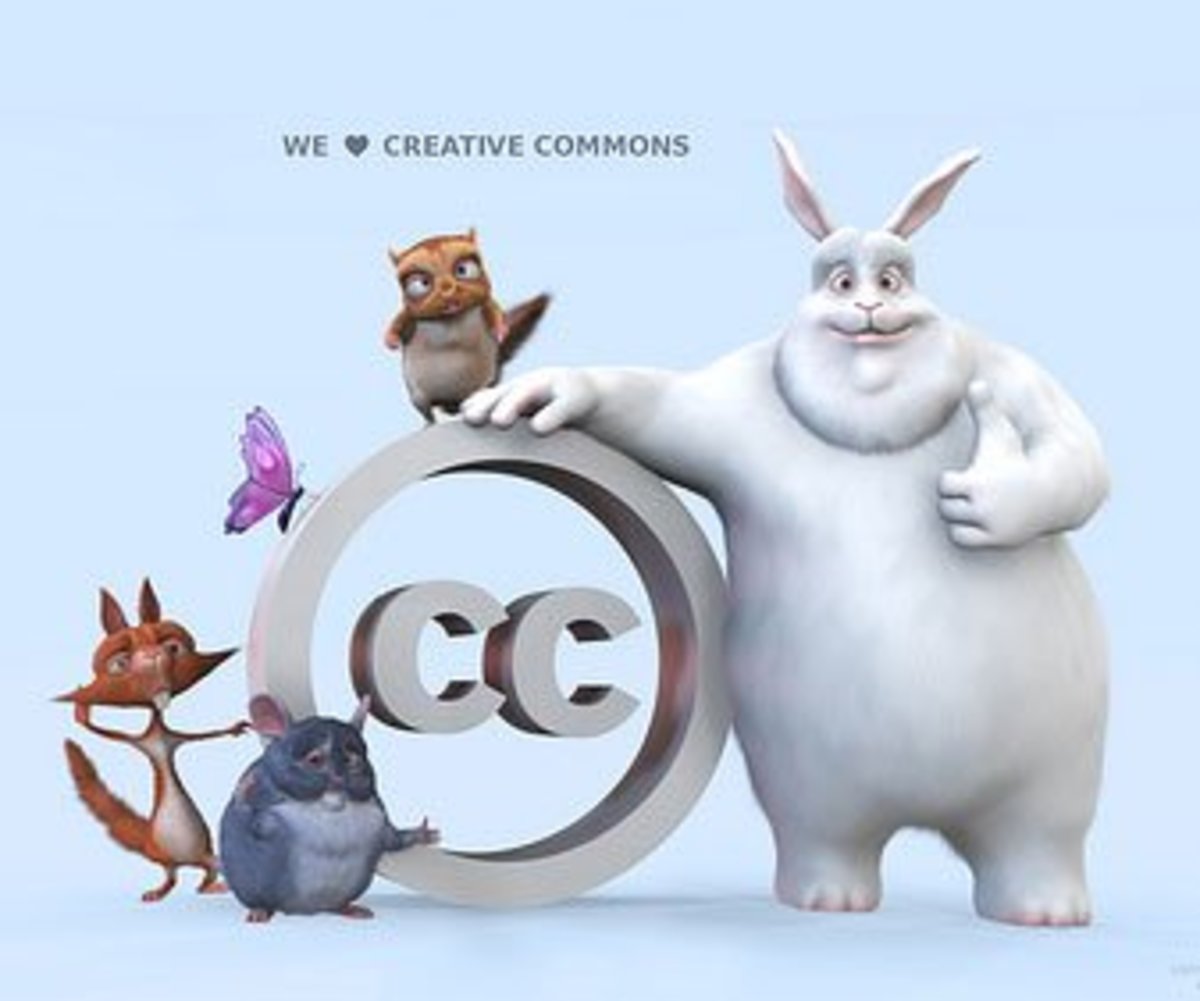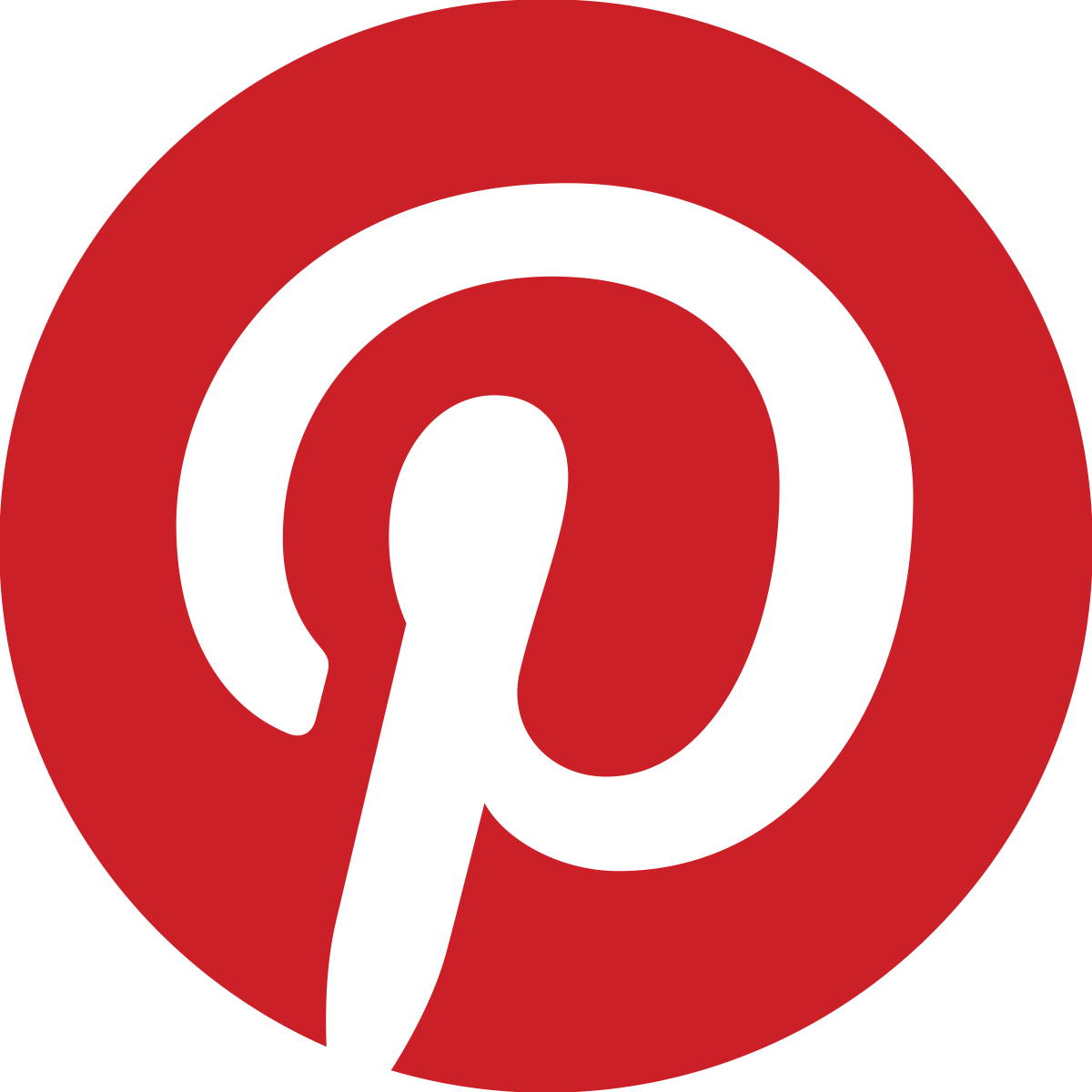Social Media News For Small Business Marketing Techniques & Tips
Search Engine Optimization Graph

The On-Page Search Engine Optimization (SEO) That Counts
Your website is great. You spent countless hours writing your content, making sure it would provide quality information to your readers. Still, your site doesn't rank well on Search Engines. It receives a few visits a month, and little visits mean little conversion. Yet, you obtained good backlinks and you are constantly promoting your content on Social Media. You feel utterly confused. What's going on?
The Answer: Your Site Is Poorly Optimized... On-Page.
When it comes to On-Page SEO, webmasters wonder what's really essential to a good indexing and ranking, what should be and not be done. The truth is: On-Page optimization is a short and sweet process; everything else sits on the crossing line with black hat SEO.
The Basics: Title, Meta Tags and Headers
Every SEO expert shares tips about Title and Meta Tags optimization, emphasizes the use of H1/H2/H3 headers and teaches various tricks to get good results within a 2 weeks time span. In fact, it's not true that these elements are no longer SEO relevant: they constitute a powerful tool to get your site found online, as the majority of visitors still comes from title and keyword search than other sources. However, many webmasters end up going overboard: immensely long Title tags, spammy tick Meta Tags (especially keywords) and a wrong usage of header tags. What's really essential then?
1. A good Title tag
Your <title>...</title> tags are a container for your site title, followed by a meaningful description. Length should be reasonable. NO: lists of keywords or keyphrases, narrative paragraphs, unrelated search terms. - Good Example: MyLittlePony.com | My Little Pony Toy Shop, Children Toys - Bad Example: My online shop sells My Little Pony Toys. Come visit us! The Tip:take a notepad and a pen and start experimenting with titles. Once you have a list, you can pick the best, to-the-point one.
2. Relevant Keywords and Compelling Description
Your meta tags (keywords, description) should contain, respectively, 10-to-15 relevant search terms - different per each page - and a short, to-the-point description of our site and the services it provides. NO: keyword stuffing, longer-than-two-lines descriptions, narrative paragraphs. - Good Example: My Little Pony Toy Shop since 1985. Sells Children Toys, Cartoon Figures, Gadgets and Props. Free shipping over $60. - Bad Example: On 1985 we launched our shop selling My Little Pony Toys only at first, then, starting 1990, we opened our shelves to more children toys. We now sell cartoon figures, Barbies, ... (a site description on a search engine is never longer than 2 lines!) The Tip:be professional and short in your description, and absolutely avoid using search terms that are not relevant to your products. That's keyword spam!
3. Correct Header Titles Usage
Title headers H1, H2, H3 must follow a semantic structure, and they are not interchangeable. The semantic structure is as follows: <h1>Title</h1> <h2>Sub-Title</h2> <h3>Paragraph Title</h3> ... - Good Example: <h1>Why I love Mickey Mouse So Much</h1> <h2>Age 6: The Story Begins.</h2> <h3>That very first comic book dad bought me</h3> - Bad Example: <h2>Why I love Mickey Mouse So Much</h2> <h3>Age 6: The Story Begins.</h3> <h1>That very first comic book dad bought me</h1> The Tip:remember that the numbers' growth of header titles is inversely proportional to their importance. H1 is the most relevant title, H7 the least (although we often use up to H3 online).
The Core: Deep Link Structure, Anchors and Nofollow Links
Once you are done with basic On-Page optimization, you can work to improve your internal links structure (deep links), anchor texts linking your pages to each other, and nofollow links to less relevant information.
1. Link Structure: Relevant Interconnections
When you started writing content for your site, you certainly planned ahead how you wanted your pages interconnected. Every page has its own semantics and readers, you know, seek relevant - and correlated - links on each piece of information they read or skim through. Therefore, make sure your content is well linked internally and that no pages are left orphaned. The Tip: study your website structure and note down interconnection. Drawing a tree-like diagram showing your pages 'network' can help. This method helps you discover any orphaned pages you may have left behind, as well as pages with a low deep link ratio.
2. Anchor Texts: Gates To The Outer World
Whether you're linking internal pages or authoritative external websites, pay attention to anchor texts: links need be meaningful to the reader, not just to Search Engines (and aren't SEs for people anyway?), and the Panda update from Google couldn't make it clearer. The Tip: avoid keyword spam and grammatically wrong key-phrases that clash with your content readability. Remember that today's web users can smell advertorial and spam at miles of distance, and you know what's the Web equivalent for a TV remote switch off button.
3. Nofollow links: A Way To Say "I'm not too fond of you"
Despite the loss of weight nofollow links since the last Google's algorithm update, they are not completely obsolete. Just the contrary, indeed: nofollow links are still the best way to say "I'm not so fond of you to give you that much importance". If you are working on a vitamins page and you need to link to your other weight loss integrator for some reasons, you'd better place nofollow it. That way, you preserve the hyperlink relevance inside your document, but can still direct your readers to alternative information if needed. The Tip: study your content before deciding what to link, what to nofollow and what not to link at all.
The Last Crucial Factor: Keyword Density
I chose to deliberately leave this factor as a last one because keyword density is also the most controversial strategy in Search Engine Optimization. A lot has been said and written about keyword density percentages and how they should be handled, and I don't wish to add to it but for one specific advice: don't listen to SEOs who tell you 5% keyword density is the minimum necessary to achieve good results.
Keep it under 3%
When you write site content, your focus should be kept on readership. Aka, human beings. Search Engine Optimization has the priority to make content reachable by human users querying search engine databases, and you realize that a high percentage of keyword and keyphrase density is absolutely useless: 3 to 5 well placed, meaningful keywords and phrases are more than enough for good content indexing and search query performance. A 2-3% keyword density is optimal because:1. It keeps text human readable and non-spammy in nature 2. It provides enough keywords and keyphrases to get the page easily obtainable by search query 3. Lowers the chances of search engine penalization for keyword spam
In conclusion
On-Page optimization is a delicate craft: you need to handle your tools well in order to provide the best possible experience to your readers AND get a good placement on search engines. As a bonus, I suggest you read Mining the Web: Discovering Knowledge from Hypertext Data by Soumen Chakrabarti. It provides compelling insight on the Web and its origins, structure and analysis. If you can't afford the book, you can still find it at your local or university library.
Social Media Sites
view quiz statistics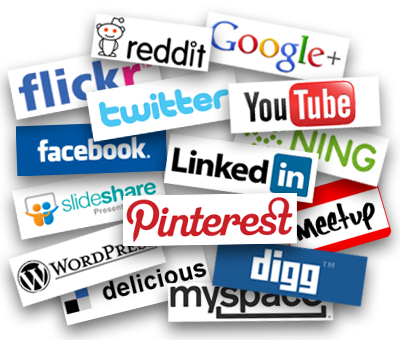
Social Media Marketing Strategies
Increase website sales
Social media can directly influence you company’s bottom line by growing sales, while paying nearly nothing. Most of these sites are completely free to use and are full of users. There are hundreds of millions of users on Facebook and being able to directly interact with them is priceless. You can pay to advertise on these sites, but if you are doing everything right you will not need to.
Interact with customers
By definition, social media is a way to interact with you customer and the rest of the world. Basically, social media puts a face behind the company/ brand. Without this all you have is a website. Many smaller sites have a problem with trust, so having interactions with your customers allows you to gain their trust and believe in your company.
You are able to talk and respond to users now with social sites and blogs. This gives you a competitive advantage, as you will know what your customers like or dislike and can make changes to your business to accommodate the feedback. Now you will have an excellent site that is exactly what your customers want and need!
Social Marketing, Networking, Bookmarking, & Blogging
What is all this hype about social media, social networking, social bookmarking, blogs, etc? Well they are here to help companies interact with clients. Companies can directly interact with clients and potential clients, gaining that competitive edge over the competition.
We create multiple profiles across social media websites
Basically we go to the main social networking and social bookmarking creating profiles for your business. These profiles will contain useful information about your company, special deals, or just how you are feeling. Each profile will be filled out completely and will have a strong following.
Some of the sites we will create profiles include the three big ones; Facebook, Twitter, and LinkedIn. These are the most commonly used sites and will benefit your company in many ways. We will also create and manage a company blog, which will be a great place to post news or other useful information about your company.
Update social media profiles weekly
We will constantly maintain and update your social media profiles to show your users that you truly care about them and are an active company. Lack of interactions can be detrimental to your company.
It is best to respond to a customer within one day max. After that the user is likely to have forgotten about you and moved on to a competitor’s site. By having your profile updated weekly, users will not lose interest and your profiles will continue to grow and expand.
Overtime, the profiles will become large enough that users will naturally find you and join you in conversation. This is the ultimate goal of social media marketing and can be achieved within two months of having the profiles created.
